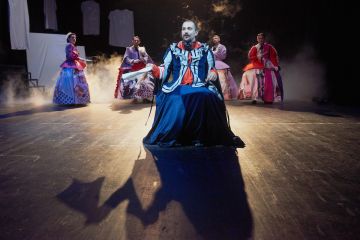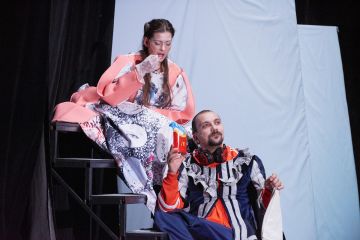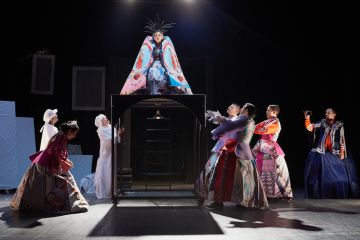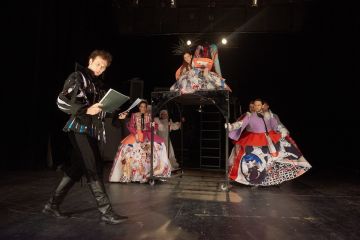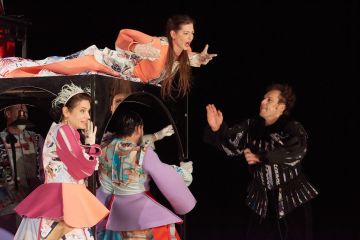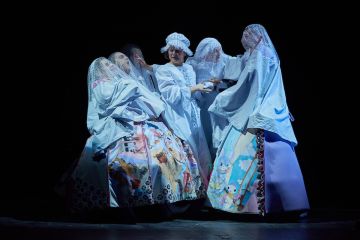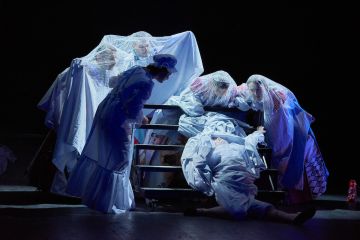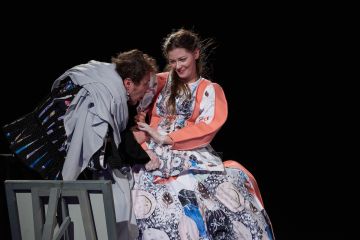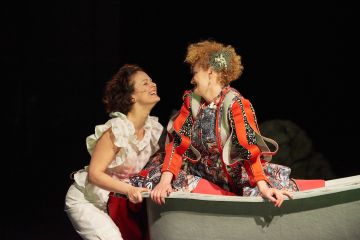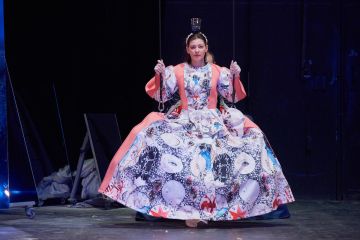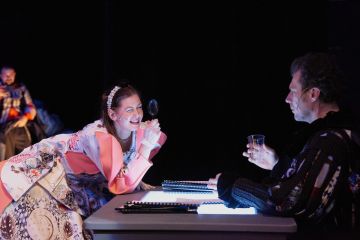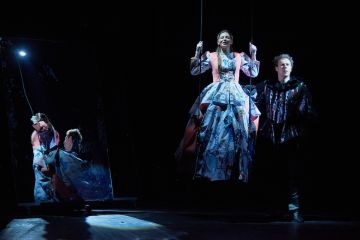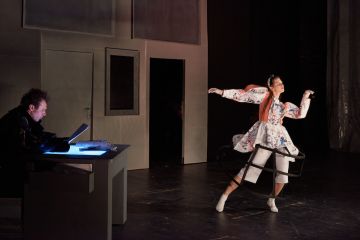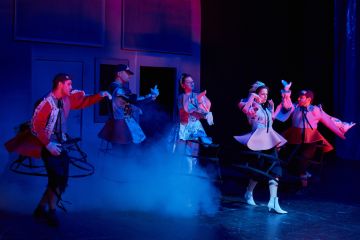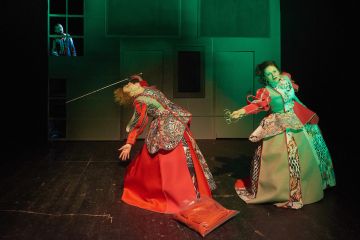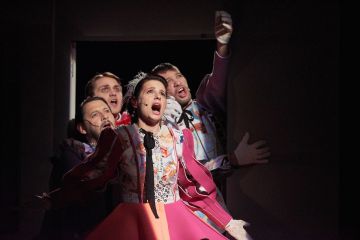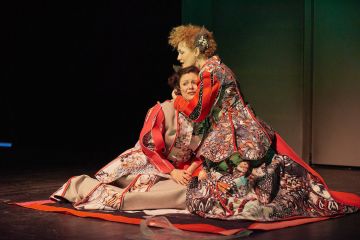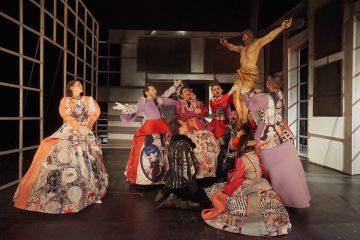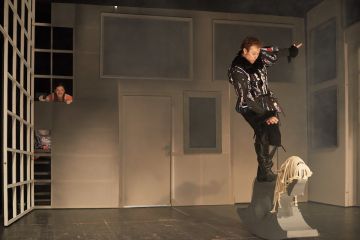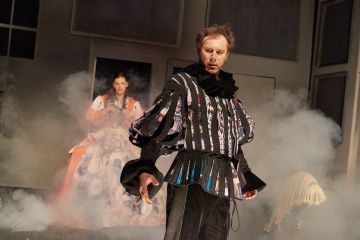Las Meninas
Studio Performance in the Main Hall
RO

14+

Ervin Szűcs
Éva Imre
Ferenc Sinkó
Gizella Kicsid
Emőke Kató
Andrea Vindis
Loránd Farkas
Róbert Laczkó Vass
Csaba Marosán
directed by
Andrei Măjeri
Irina Chirilă
Lucian Broscățean
Adrian Piciorea
Katalin Incze G.
Ágnes Keszeg
Alpár Fogarasi
Attila Bordás
Péter Habala
Cherecheș Carmen
Diana Flore
Westiment
Sándor Maier
András Makai
Pál Böjthe
Las Meninas by Ernesto Anaya, a play marvelously portrayed by the excellent actors of the Hungarian Theatre of Cluj, speaks about the artist's condition, creating a dialogue between the Spanish Golden Age and postmodernity. In both of these “the world is an image” and “image is everything”. Originality is the main trait that characterizes the structure and mechanisms of the text.
In a historical but highly fictionalized type of society that is at its highest point before declining, the ultimate whim is the desire for immortality. A brilliant painting turns out to be the only salvation. However, the protagonist and the target of all those around, namely Diego Velázquez, perceives the respect of posterity in a different manner. He gives up his painting job (an occupation which was not considered to be an art form in that age), and chooses a more serious profession – that of the manager of the palace - and awaits years until receiving his most important order. The infanta and others wish to be immortalized in a painting that is “more beautiful than the Mona Lisa”. And thus, the two universes collide repetitively, in notes encompassing tragedy, comedy and parody alike.
The erotic fascination experienced by the two sexually immature girls concerning the Inquisition; the somersaults of a devalued princess by way of invoking absolute absolutism, the prophecies of a transvestite dwarf, and especially the persecution complex present within the royal court, all of these provoke a domino effect of farces that lead to reigniting the genius painter’s inspiration. Blackmail, denunciation, influence peddling, ritual and magic are all employed. The directorial approach introduces unconventional casting for the characters; the play is staged in an empty space. Slaves and masters, in perpetual role changes, reflect the nuances of deformed human beings. We are in their midst, being interrogated, mirrored, challenged.
“All is death reborn. A journey towards extinction, towards the end.”
Andrei Măjeri











